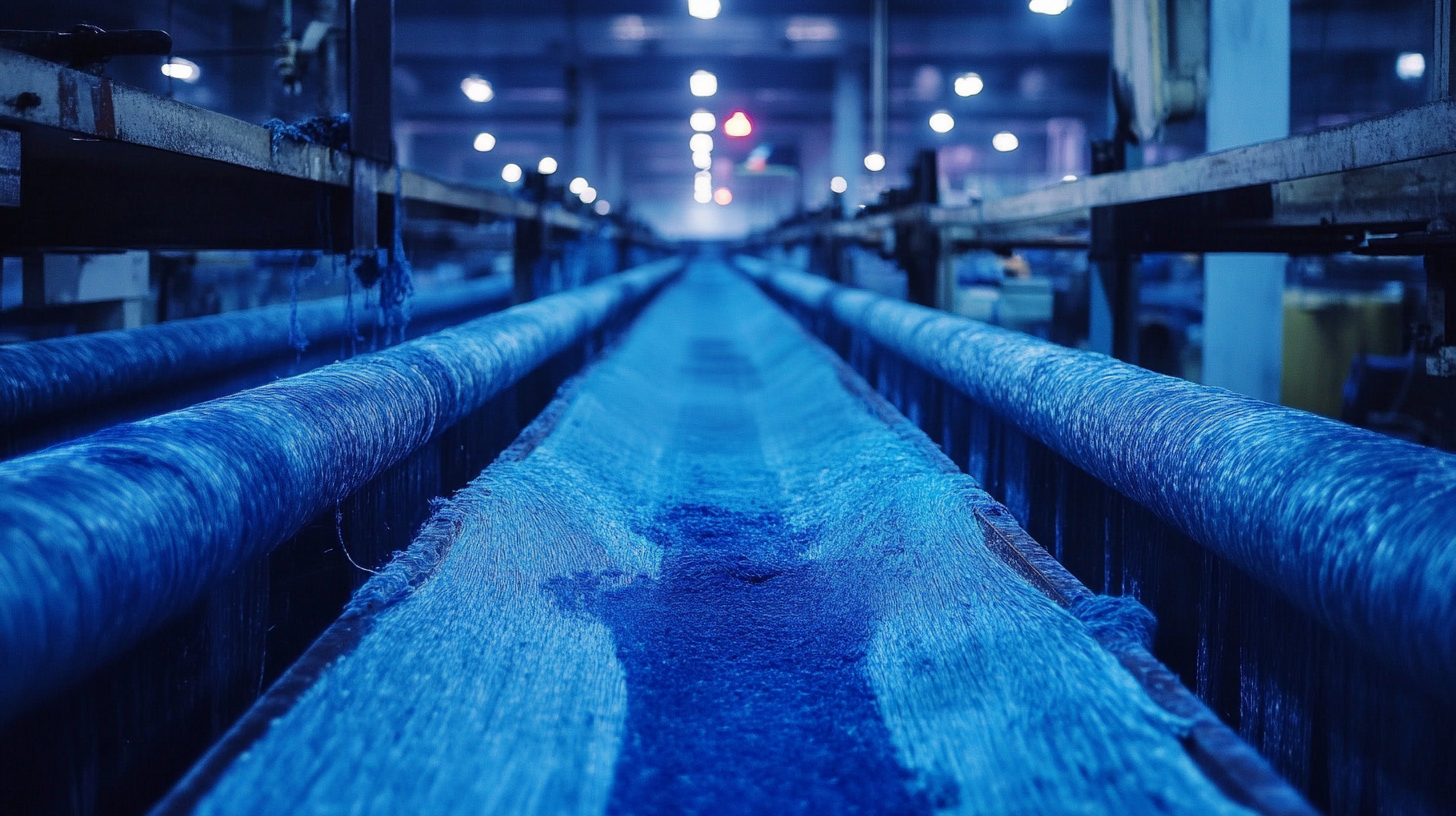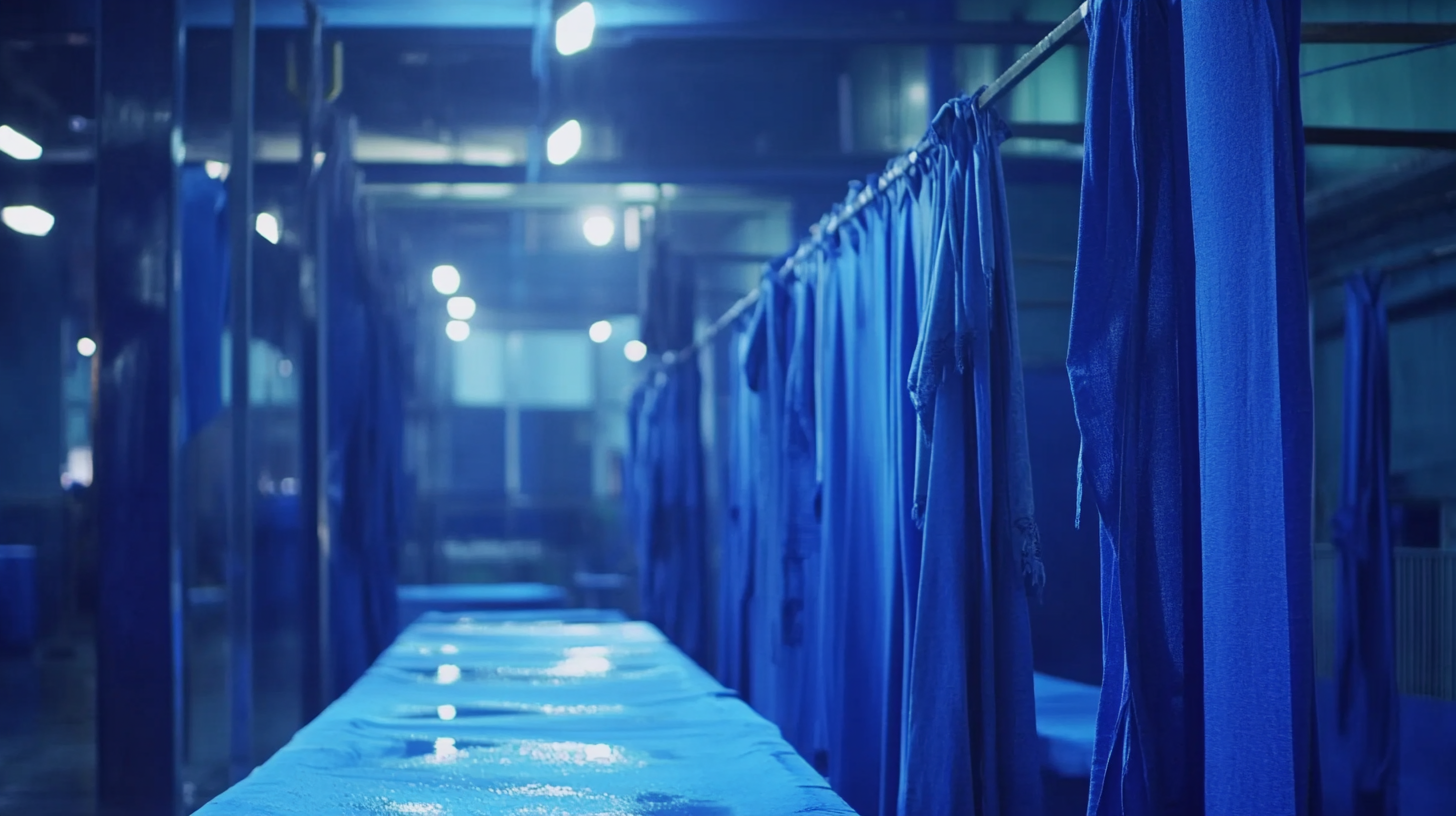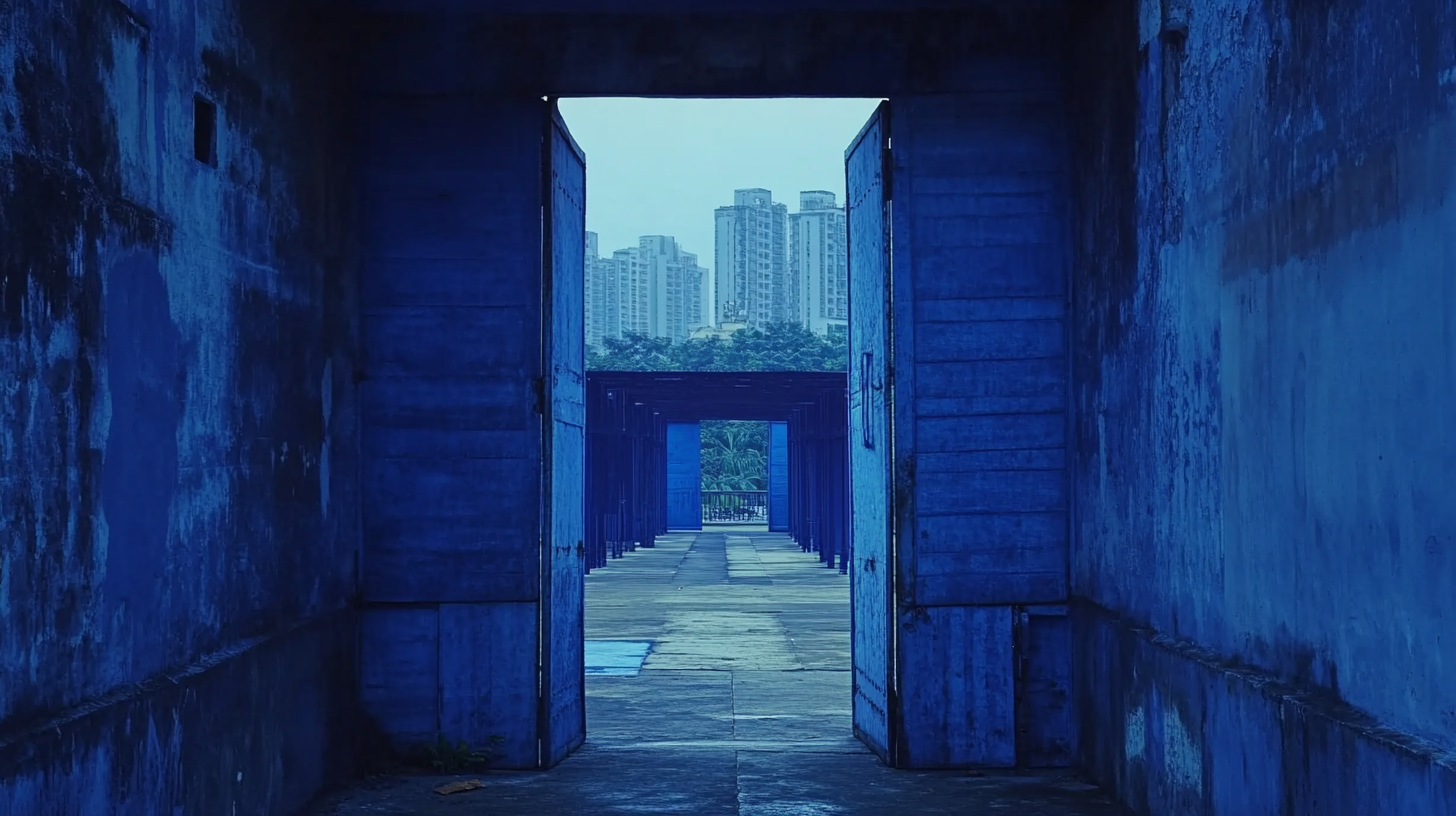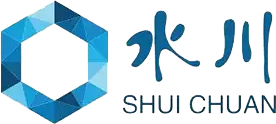The 137th Canton Fair in Guangzhou marked a significant milestone in the global trade landscape, reflecting the increasing demand for traditional products like Indigo Dye. As one of the oldest natural dyes known to humanity, Indigo Dye has seen a resurgence in popularity owing to its cultural significance and eco-friendly attributes. With a record attendance of foreign buyers from 219 countries, the fair served as a vibrant platform to showcase this coveted product. The reported 17.3% increase in overseas purchasers compared to previous years underscores the growing appreciation for quality and heritage in textile production. This event not only highlighted the rising interest in Indigo Dye but also emphasized the fair's role in fostering meaningful connections between exporters and global markets. As the industry evolves, the future of Indigo Dye looks promising, paving the way for sustainable practices and artistic expression in textiles.

The textile industry is witnessing a renaissance as indigo dye gains prominence once again. Historically revered for its deep blue hues, indigo is not only celebrated for its aesthetic appeal but also for its sustainability. The modern textile market increasingly values eco-friendly practices, and indigo dye, often derived from natural sources, fits this narrative perfectly. As consumers become more environmentally conscious, the demand for sustainably sourced materials, including organic indigo, continues to surge.
Tip: When sourcing indigo or indigo-dyed textiles, consider engaging with suppliers that prioritize sustainable farming practices. This ensures that the dye is produced responsibly and reduces the ecological footprint associated with textile manufacturing.
At the 137th Canton Fair in Guangzhou, industry experts emphasized the need for innovation in indigo dye applications. Brands are increasingly experimenting with various textiles, from denim to home furnishings, thus expanding the potential market. Additionally, education around the unique properties of indigo, such as its antibacterial qualities, creates further opportunities for its incorporation in diverse products.
Tip: Keep an eye out for new trends in indigo applications at trade fairs. Networking with manufacturers and designers can provide insights into upcoming products that leverage indigo's versatility and appeal.
The 137th Canton Fair in Guangzhou has become a hotspot for international buyers keen to leverage the surging demand for indigo dye. Recent statistics indicate that global demand for natural dyes, particularly indigo, is projected to grow at a compound annual growth rate (CAGR) of 8.5% from 2022 to 2030. This rising interest can be traced back to increased consumer preference for sustainable and eco-friendly products in the textile industry. As businesses strive to meet these expectations, the fair serves as the ideal platform to connect with suppliers who specialize in indigo dye and other natural options.
In addition, the participation of international buyers at the Canton Fair has surged, with a noted 20% increase in attendance compared to previous editions. This is largely due to the growing recognition of China as a leader in indigo production. The diverse range of exhibitors at the fair allows buyers from various regions to explore innovative applications of indigo dye, from fashion to home textiles.
Tips for success at the Canton Fair include researching potential suppliers ahead of time, utilizing the fair’s app to schedule meetings, and preparing samples of your current products to discuss with manufacturers. Being proactive in networking can lead to fruitful collaborations that align with the current market trends.

The 137th Canton Fair in Guangzhou has underscored a notable surge in export intentions for textiles, particularly focusing on indigo dyeing processes. Recent industry reports indicate that the global demand for natural indigo is projected to reach USD 2 billion by 2025, largely driven by a revival of sustainable practices among manufacturers. Buyers increasingly seek eco-friendly textiles, with indigo dye standing out for its rich history and environmental benefits compared to synthetic dyes. This shift was evident at the fair, where numerous exhibitors showcased innovative fabrics dyed with natural indigo, appealing to a market that values sustainability and heritage.
Moreover, discussions at the fair highlighted a significant uptick in partnerships between local suppliers and international brands. According to data from market analysis firm Mordor Intelligence, the Asia-Pacific region is expected to capture over 50% of the indigo dye market share by 2024, reflecting the region's pivotal role in the global textile supply chain. Participants at the Canton Fair reported an increase in inquiries about bulk sourcing and collaborative projects, signaling a robust trust in the quality of indigo products sourced directly from Guangzhou. This growing interest hints at a bright future for the indigo dye industry, suggesting that traditional methods may soon find renewed prominence on the global stage.

As the 138th Canton Fair approaches, industry experts are anticipating an increasingly vibrant interest in natural dyes, particularly indigo. According to a report from the Textile World Journal, the global natural dye market is projected to reach USD 2.5 billion by 2025, reflecting a compound annual growth rate (CAGR) of 10.4%. This surge is driven by growing consumer awareness regarding sustainable fashion and the environmental impact of synthetic dyes. Buyers and manufacturers attending the fair are expected to capitalize on this trend, showcasing innovative products infused with indigo that cater to the eco-conscious consumer.
Moreover, the demand for indigo dye, which is deeply rooted in traditional practices, is seeing a revival as brands strive to differentiate themselves in a competitive market. A recent study by the International Journal of Fashion Technology indicates that 70% of consumers prefer products made with natural materials, influencing brands to pivot their sourcing strategies. At the upcoming fair, exhibitors will likely unveil new applications of indigo dye across various sectors, including apparel, home textiles, and artisanal crafts, reflecting the diverse potential of this historically rich dye.
| Item | Category | Supplier | Country of Origin | Price (per kg) |
|---|---|---|---|---|
| Indigo Powder | Natural Dye | Dye Solutions Co. | India | $30 |
| Indigo Fabric | Textile | Blue Textiles Ltd. | Vietnam | $20 |
| Indigo Dyeing Kit | DIY | Color Craft Supplies | USA | $45 |
| Natural Indigo Leaves | Dye | Herbal Dyes Corp. | Brazil | $25 |
| Indigo Tie-Dye Kit | Craft | Artisan Essentials | China | $35 |
The 137th Canton Fair showcased the surging interest in indigo dye, a trend that reflects broader shifts in global trade dynamics. As buyers and sellers connected over the vibrancy and sustainability of indigo, a key factor emerged: the role of online platforms in facilitating these global transactions post-fair. The fair itself serves as a vital touchpoint, but the real magic happens when these connections are nurtured online. Ecommerce platforms are not only extending the reach of products like indigo dye beyond physical borders but also streamlining the purchasing processes for buyers worldwide.
To maximize the benefits of these online platforms, participants should consider a few key tips. Firstly, it's crucial to maintain an updated and engaging online presence. High-quality images and detailed product descriptions can attract more potential buyers. Secondly, leveraging social media channels can enhance visibility and create a community around indigo products. Engaging with customers through stories that highlight the craftsmanship and sustainability of indigo can foster loyalty and repeat business. Lastly, utilizing analytics tools can provide insights into customer preferences, allowing sellers to tailor their offerings effectively in a competitive marketplace.
